Agricultural research consultancy AgEcon Australia will lead a five-year project that will test the feasibility of installing floating solar panels on irrigation dams to manage evaporative losses and generate renewable energy that could offset on-farm energy use and provide a diversified income stream for landholders.
AgEcon, based in the northwest New South Wales town of Burren Junction, said the Novel Energy and Evaporative Storage Technologies for Irrigators (NEESTI) project will investigate a suite of issues around securing irrigation water and renewable energy generation.
AgEcon Principal Climate Analyst and Economist Jon Welsh said the project will look at “a practical, sensible and proven solution” to improve on-farm water retention while generating clean energy that producers can actually offset or create income from.
“Australia faces a critical trilemma of securing water, food, and clean energy,” he said. “Incorporating floating PV on storage dams will help address all of those challenges simultaneously.”
The NEESTI project will analyse economic, environmental, regulatory, and policy opportunities to support, scale up, and expedite the deployment of floating PV in Australia. The researchers will focus on five irrigated agricultural sectors, looking to incorporate floating PV on storage dams across cotton, sugarcane, pecans, ginger, and rice growing operations.
The project, that kicked off earlier this month, has secured $6 million (USD 3.85 million) in funding under the federal government’s $5 billion Future Drought Fund’s Resilient Landscapes program. That funding adds to about $7 million in in-kind support from the project partners.
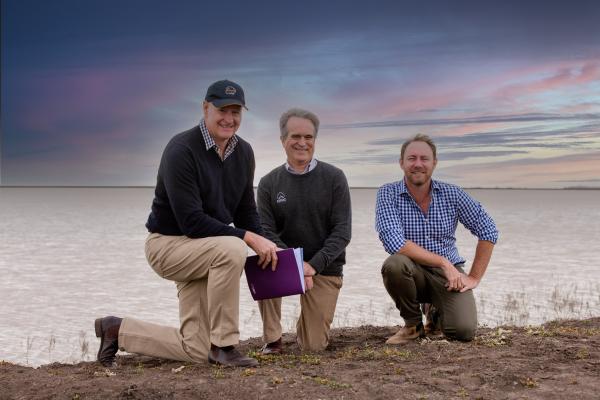
Image Melanie Jenson, CRDC
Partners in the five-year project include Macquarie University, the University of Southern Queensland, and the Cotton Research and Development Corporation (CRDC). Other stakeholders include Sugar Research Australia, Horticulture Innovation Australia, and the Ricegrowers’ Association of Australia.
The CRDC said the project is a “win-win” for the industry in Australia and comes as agricultural supply chains face increasing pressure to lower emissions to meet national and sector-wide targets.
Data published by the CRDC shows nearly 50% of on-farm water storage volume is lost each year to evaporation, and relocating just half of Australia’s current 16.6 GW ground-mounted solar panels to water storages could save 296 gigalitres of water a year and generate vast quantities of energy in the process.
“We know floating PV projects can work but there are serious challenges and a critical research gap remains, and that is how to develop a practical and cost-effective solution ready for farm rollout,” the CRDC said.
“The project research will deliver technical, economic, policy, and legal research to create a long-term and sustainable Australian floating PV market for cotton and other irrigators.”
This content is protected by copyright and may not be reused. If you want to cooperate with us and would like to reuse some of our content, please contact: editors@pv-magazine.com.
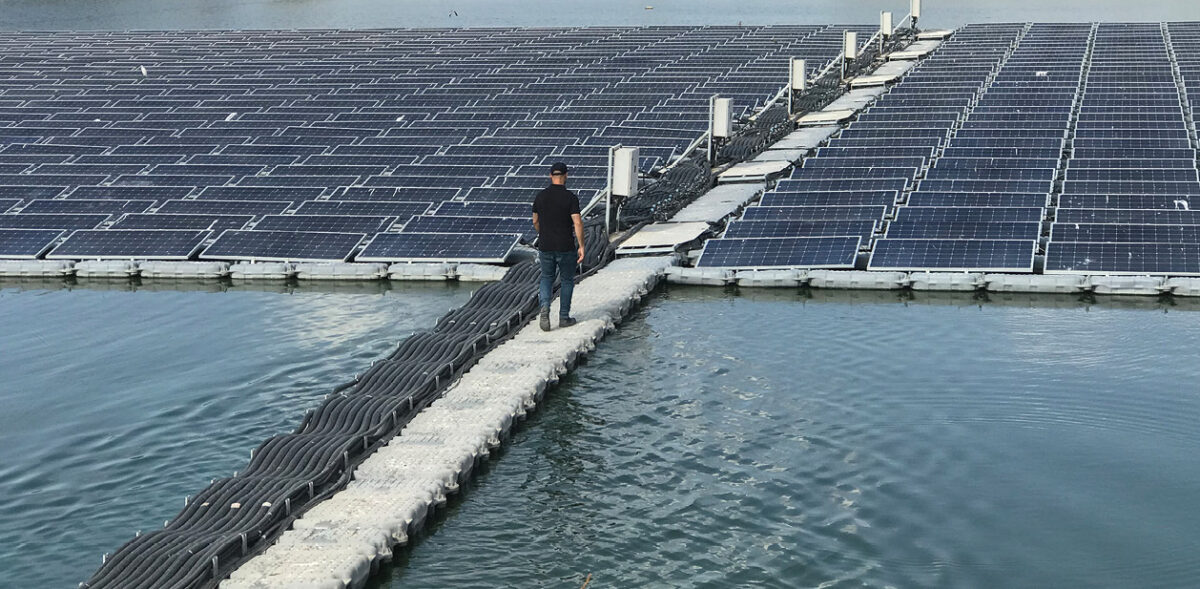



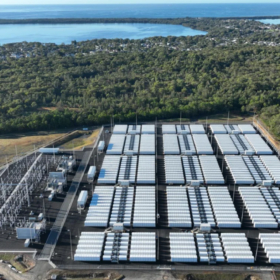
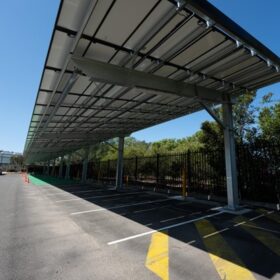
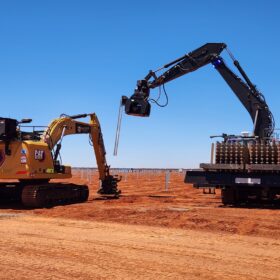
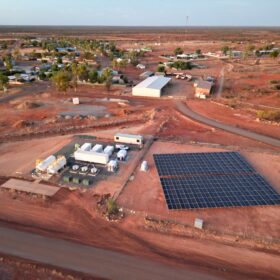

By submitting this form you agree to pv magazine using your data for the purposes of publishing your comment.
Your personal data will only be disclosed or otherwise transmitted to third parties for the purposes of spam filtering or if this is necessary for technical maintenance of the website. Any other transfer to third parties will not take place unless this is justified on the basis of applicable data protection regulations or if pv magazine is legally obliged to do so.
You may revoke this consent at any time with effect for the future, in which case your personal data will be deleted immediately. Otherwise, your data will be deleted if pv magazine has processed your request or the purpose of data storage is fulfilled.
Further information on data privacy can be found in our Data Protection Policy.